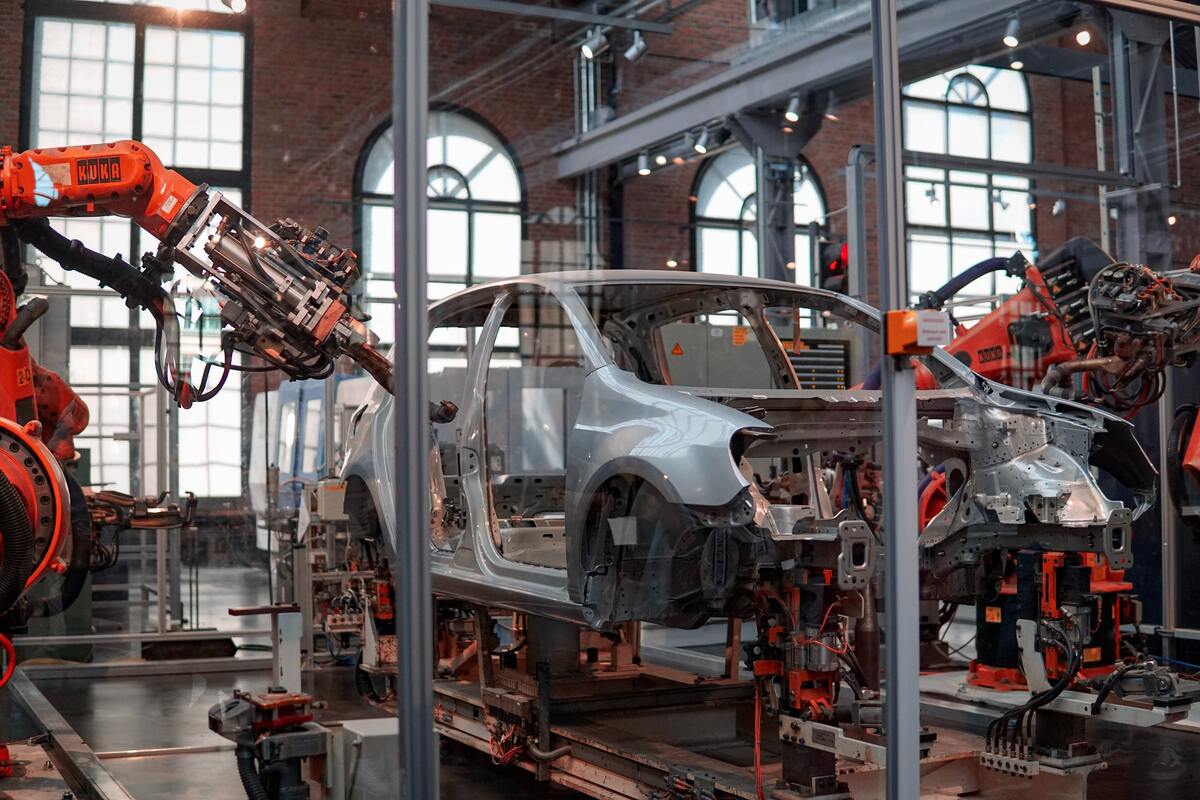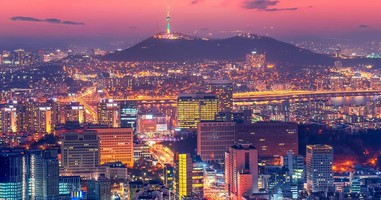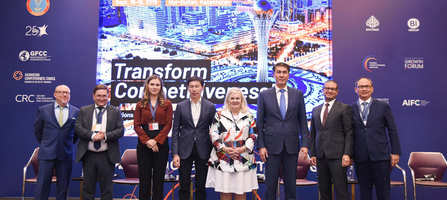
Reports
How has industrial policy changed in recent years?
7 December 2022

How did industrial policy change in recent years?
For a long period, most developed countries were undertaking a horizontal approach to industry development. Developed countries have built a global value chain designed for efficiency and cost, but not necessarily for resilience: the countries made major investments in research, and marketing development while onshoring most manufacturing steps to exploit foreign cheap materials and labor. As a result, domestic manufacturing has declined, and the global value chain has grown in length and complexity making developed countries more and more dependent on foreign manufacturing. This practice was not a problem until different shocks emerged.
When a pandemic and geopolitical hostile environment happened, disruptions in the global value and supply chain became regular occurrences. As a result, developed countries lost the manufacturing part of the chain: resource supply and assembling services. For example, the tension between the EU and Russia is cutting the supply of key industrial inputs from Russia to the EU by threatening the latter’s competitiveness. The trade war between US and China is disrupting the value chain between them hurting both sides economically. Next, Covid-19 added further disruptions in the global value chain. In the end, nations faced a major financial toll. This led to cost inflation and a worldwide problem of high inflation.
Will developed countries’ horizontal approach keep them competitive now? If not, what change awaits their industrial policy? Countries are addressing their chain’s exposure to different types of shocks. They are rebalancing efficiency with resilience (resilience is the ability to flexibly adapt products, processes, supply chains and employment patterns in response to a shock and thus can rely on diversification, stocks and redundancy, according to OECD) stepping back to a vertical approach. The supply chain is being diversified; critical manufacturers are being reshored. Let’s have a look at some of the examples.
The US identifies the key areas where it will strengthen the resilient industrial approach - pharmaceuticals and ingredients, advanced batteries, critical minerals, and semiconductors. The long-missing investment in infrastructure is planned to be delivered to build out a domestic system of clean energy production and manufacturing. The core objective is to secure domestic jobs, develop the domestic supply chain, and improve capacity reserves and storage projects. As a first step, many companies and jobs are being reshored. Most electronics productions are already reshored and onshoring of domestic essential medicines production is in its future actions.
Similarly, the EU is strengthening the resilience of the single market within the EU countries with close attention to its processors and semiconductor technologies. To accomplish it, the EU demands information about reserves capacity from economic operators and orders to prioritize the commission with crisis-relevant products. Moreover, the EU considers open strategic autonomy. It is developing new industry alliances which will consist of strategic import-dependent sectors. The aim is to help them attract private investors and new business partnerships.
In China’s case, the economy has long been planning to achieve high levels of self-sufficiency in key areas such as energy, technology, and food either by replacing imported key technological inputs from advanced economies with indigenous ones or by diversifying the supply chain. This mode of reorientation towards domestic-centered development does not mean China is going to close itself up to the world, and vice-versa, it tries to increase its export market exposure.
Overall, the movement toward a vertical approach is back to reality. The global value chain is defragmenting and becoming regional. The EU wants to restrict the chain between the European countries, The US between its states. Thus, when constructing the industrial policy of Kazakhstan, we need to take this trend into account. Nevertheless, Kazakhstan, in comparison, is a small market and it is better to be an open economy. We must figure out what chain is possible for us to fit in. An open question to Kazakhstan - where and how we will be putting our value chain together.
References
1. THE BIDEN-HARRIS ECONOMIC BLUEPRINT. 2022. Biden-Economic-Blueprint-Report-720PM-MASTER-DOC.pdf (whitehouse.gov)
2. Financial Times. Subscribe to read | Financial Times (ft.com)
3. Financial Times. Subscribe to read | Financial Times (ft.com)
4. Financial Times. Subscribe to read | Financial Times (ft.com)
5. Financial Times. Subscribe to read | Financial Times (ft.com)
6. Industrial Policy for the 21st Century: Lessons from the Past (europa.eu)
7. https://euobserver.com/opinion/148449
Author: Ayazhan Seydanova
share
article
all publications











